Building An Organic Garden from Scratch
In an effort to reduce the amount of pesticides you and your family consume and to support environmental protection, you’ve been making an effort to eat more organic foods. But as you can see from a quick glance at your shopping bill, becoming organic can get extremely pricey, very quickly. Fortunately, there is a fun and educational way of building your own wonderful, fresh produce: organic gardening!
Preparing the soil for building organic garden
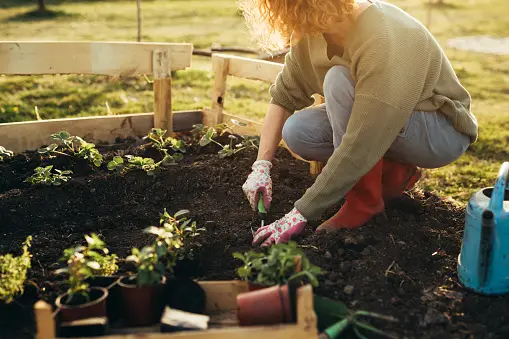
Image via Unsplash.com
If you want your new organic garden to yield the best results, you must make sure the soil is properly prepared. Because both you and plants need to eat, make sure your vegetables receive plenty of fresh nutrients. Healthy soil is the foundation for plants that are robust and productive. Chemical soil treatments have the potential to contaminate your food as well as kill out helpful worms, bacteria, and other organisms that are present in the soil.
Testing your soil is the greatest approach to determine its quality. Get a testing kit for at-home use, or even better, submit a sample to your neighborhood agricultural extension office. You can obtain a thorough analysis of pH and nutritional levels, as well as advice on how to proceed, for a little price.
Making your own organic compost for building garden
Compost is beneficial for all gardens, and you can manufacture your own on the spot. Hey, it’s no cost! By converting trash into “black gold,” compost feeds plants, saves water, reduces weeds, and keeps food and yard waste out of landfills. It’s hard to use too much compost—spread it around plants or incorporate it into potting soil!
The perfect blend of organic waste rich in nitrogen and carbon combined with soil, water, and air produces the best compost. If you don’t have enough time to prepare excellent compost, don’t worry too much. It can sound like difficult chemistry. A pile that is barely managed will yet produce respectable results.
Selecting the plant for building garden
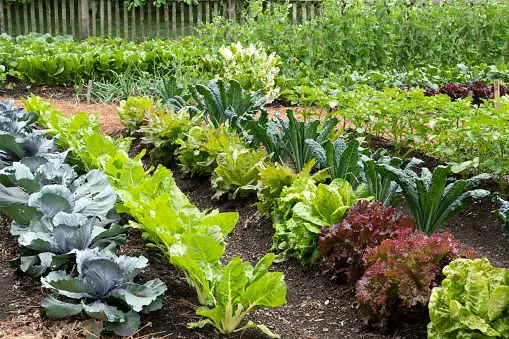
Image via Unsplash.com
It is quite advantageous to choose plants that will flourish in your particular micro-environment. Check the Hardiness Zones provided by the USDA as a general guide. Pick plants that can adapt to each location’s light, moisture, drainage, and soil quality. These factors are usually graded in gardening. Your plants will be more resilient to intruders the happier they are.
When purchasing seedlings, seek out plants that weren’t grown using pesticides and fertilizers that are synthetic. Your neighborhood farmers’ market is a fantastic location to start looking, as they can contain locally appropriate native species and variations. A stocky seedling with few, if any, flowers and healthy-looking root systems is preferable.
Watering the plants
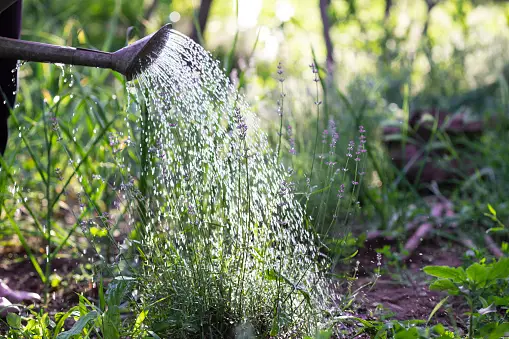
Image via Unsplash.com
Plants typically need watering in the morning. Why? Mornings are often chilly with less winds, which reduces the amount of water lost to evaporation. If you water plants in the evening, they remain moist overnight and are more susceptible to bacterial and fungi illnesses.
In a perfect world, you would water the roots rather than the delicate flora. The bases of plants can be delicately watered by hand or with a drip or soak system.
For established plants, the majority of experts advise thorough, infrequent watering, often a total of roughly one inch of water per week (including rain). Deeper rooting is encouraged by one or two sprays per week, which generates stronger plants.
Removing weeds form organic garden
Regardless of where you live, weeds will still be an issue. It may sound like a lot of labor to pull them by hand, and it can be, but it can also be beneficial exercise that gets you outside and into the fresh air.
Applying mulch, which also helps to protect the soil, will help you battle less weeds. Hessian and organic mulch might be used as a last resort. While straw is inexpensive, it is short-lived. Although attractive, wood chips can be expensive. Although many people choose to utilize grass clippings, it should be emphasized that due of their high nitrogen content, clippings should only be applied to plants that require a lot of the nutrient, such as squash and lettuce.
Protecting without pesticides: building garden
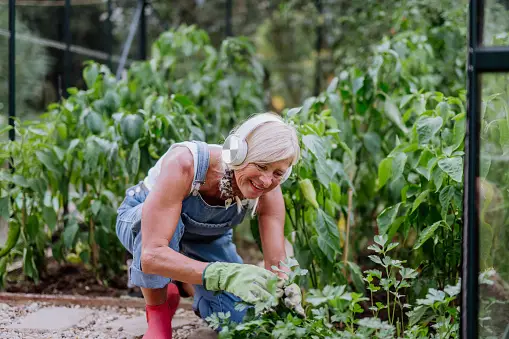
Image via Unsplash.com
The first thing you should do is ensure plants are receiving enough light, nutrients, and moisture since if your garden is being attacked by pests, it may be an indication of other issues. Also keep in mind that a diverse garden discourages pests by reducing the number of one type of plant that is available to bugs.
Natural predators like frogs, toads, lizards, birds, and even bats are beneficial to have in your garden. In particular, ladybirds are among the most helpful insects. Although it’s true that there’s a good chance they won’t persist, several nurseries even sell them in cans. To draw helpful predators, leave a modest source of water out.
Grown for their ability to draw predatory insects, small-flowered plants like sweet alyssum and dill are also a wonderful choice. Row coverings and nets can both be used.
Bacillus thuringiensis, a naturally occurring bacteria that messes with caterpillars’ and other leaf-eaters’ digestive systems, is one example of an organic weapon. Horticultural oils, insecticidal soaps, garlic, and hot pepper sprays are further options.
Harvesting
Image via Unsplash.com
Harvesting the results of your labor is important. In general, your plants will produce more for you the more you harvest.
You’ll probably discover that it’s better to examine your garden daily throughout the busiest harvesting period. Having herbs? Pick them just before you need them if you plan to utilize them fresh. However, it is best to wait until right before they flower if you plan to dry and store them because they will be at their most flavorful. All herbs, with the exception of basil, should be gathered about noon, shortly after the dew has dried. Pick basil in the late afternoon because it will last longer after some time in the sun.
Pick leafy greens periodically from the entire crop, taking a small amount from each plant. Wait to send off broccoli flowering buds until the core head is as big as it can be. If you remove it immediately above the leaf node, the remainder of the plant will probably produce more effectively. In general, cutting produce off with a sharp knife or pair of scissors is preferable to ripping it with your fingers, which can harm plant tissue more.
USEFUL LINKS:
Check out some organic gardening tips
Click here to know how to make your garden greener

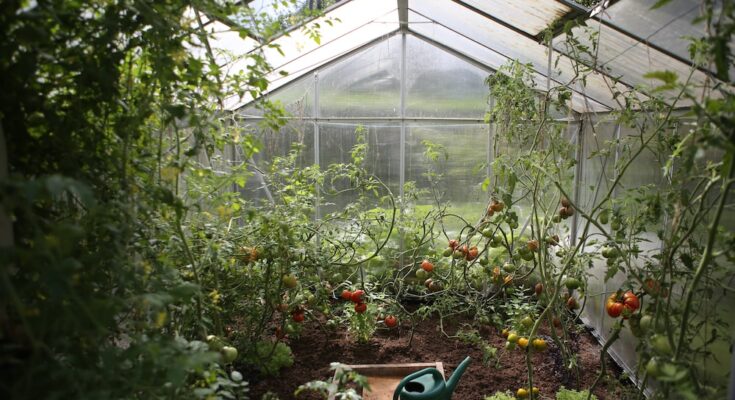
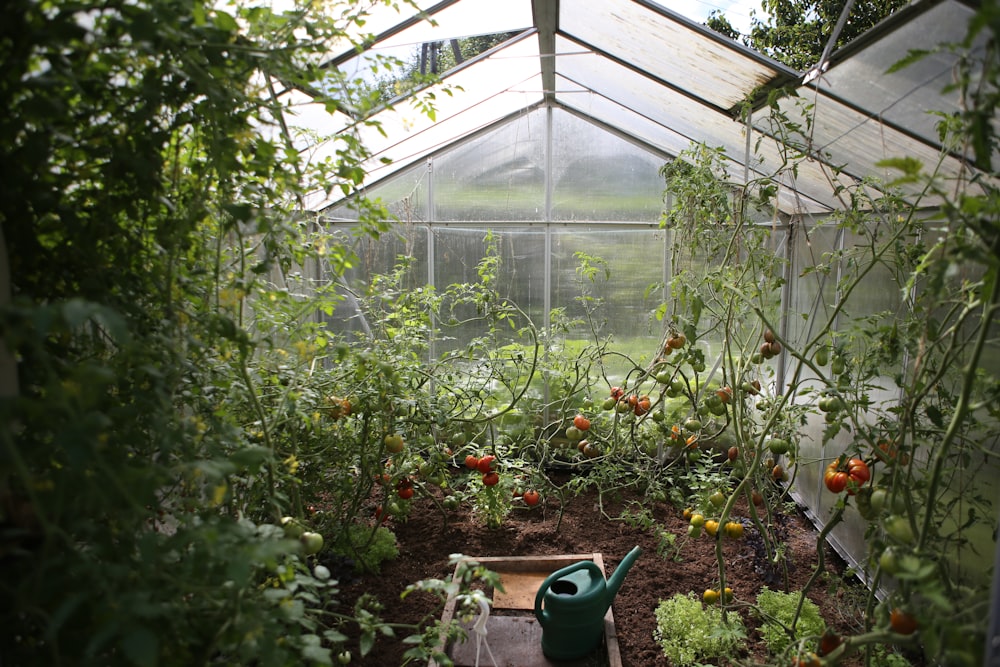

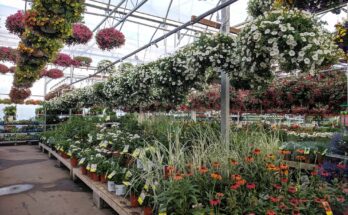
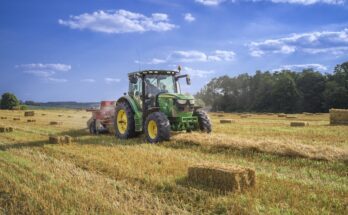
2 Comments on “Building An Organic Garden from Scratch”